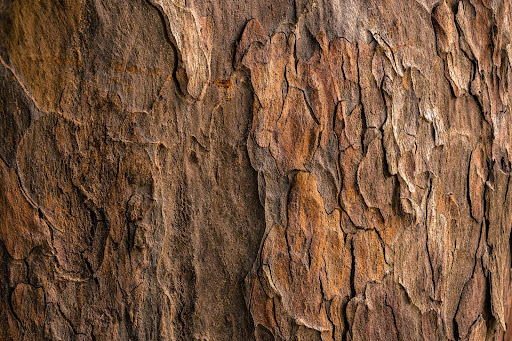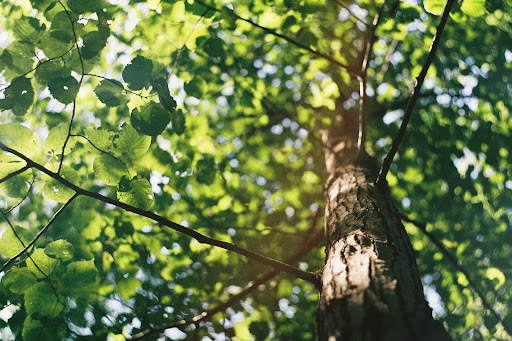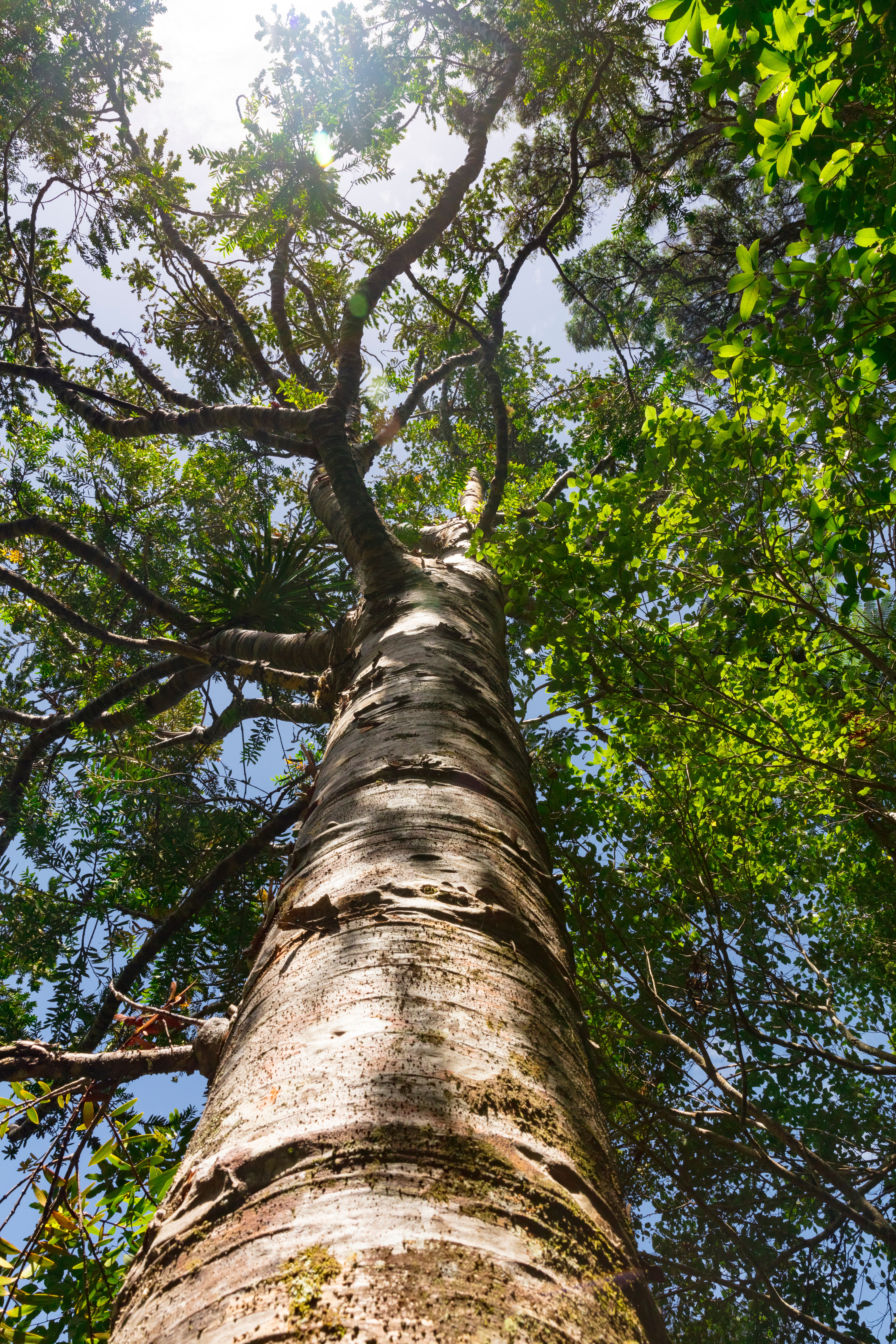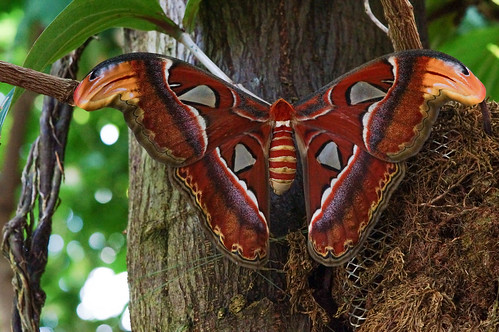
Texas Moths
Date March 21, 2023
While Texas moths have beautiful patterns and coloration, as caterpillars they can wreak havoc on landscaped trees, gardens, and other vegetation. With careful management, keeping trees and plants healthy, and intervention by professional arborists, homeowners can keep Texas moth caterpillars under control in their Dallas-Fort Worth, Texas, home.
What Are Texas Moths?
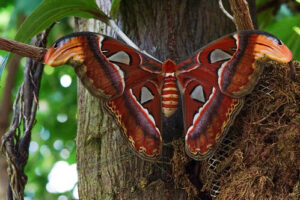
Image via Flickr by BPPrice
There are over 551 species of Texas moths and butterflies living in Texas. Some are extremely colorful and others drab. Texas moths have a feathery antenna and their wings usually fold flat across their back. Moths all start their life cycle as larvae, become caterpillars, and eventually become adults. In the caterpillar stage of growth, the insects use their mouths to chew the plants causing damage. As adults, Texas moths lose mouth parts for chewing and no longer cause a threat to plants.
Can Texas Moths Cause Damage?
Some Texas moths can cause extensive damage to vegetation during their caterpillar stage of growth. For example, during the caterpillar stage of the fall webworm moth, the insect makes vast tents or webs in the canopy of trees and on the tips of the branches.
As the caterpillars develop, they eat the leaves of trees. While the defoliation created by the caterpillars is unsightly, it rarely causes serious damage to an otherwise healthy tree. The tomato hornworm is another Texas moth that can cause damage in the garden. The large caterpillars enjoy eating tomato plants and can quickly defoliate the plant and often eat holes in the tomato fruit.
How Can I Spot Texas Moth Damage?
In the case of the cactus moth, the larvae chew holes into the pads of the cactus plant causing a brown substance to ooze from the holes. This is caused by the cactus moth larvae’s secretions after feeding inside the cactus pads. Tomato hornworms leave a trail of destruction, defoliating the leaves and stalks of the plant and even eating the fruit itself. Any time there’s webbing draped over trees and extensive defoliation, that’s indicative of a webworm infestation.
How To Manage Texas Moths
Keeping trees, shrubs, and plants healthy is the best way to prevent Texas moth infestations. A professional arborist can come to the homeowner’s property and check the soil’s health and fertilize it to boost and balance its nutritional value. A tree or plant growing in healthy soil will be able to resist fungi, insects, and diseases. In addition, having trees pruned will allow for sufficient airflow and sunlight throughout the tree’s canopy. Trees thrive and flourish when they grow in nutritious soil and when pruned properly.
Homeowners having trouble with the caterpillars or larvae of Texas moths can contact our team at TreeNewal today to prevent further damage to trees or plants. Call us at 817-385-9552 or contact us through our website. Our ISA-certified arborists can analyze Texas moth infestations and prepare and implement a treatment plan to eliminate the insects. We are a full-service sustainable tree care company offering soil analysis and nutrition, pruning, stump removal, and all other aspects of North Texas tree needs.
